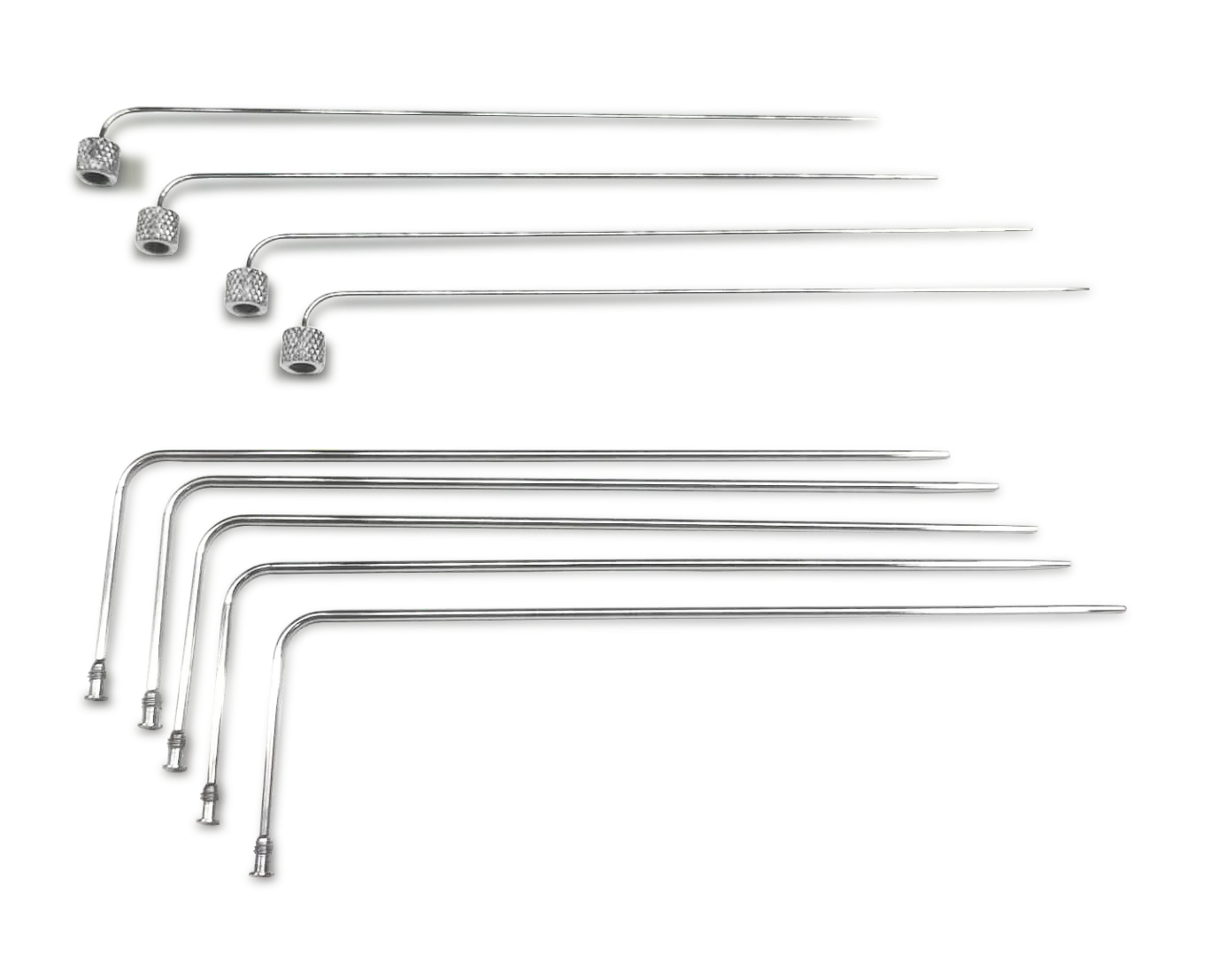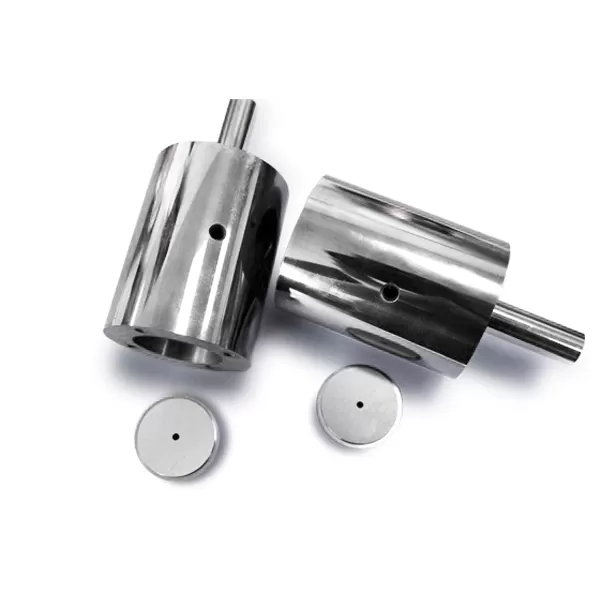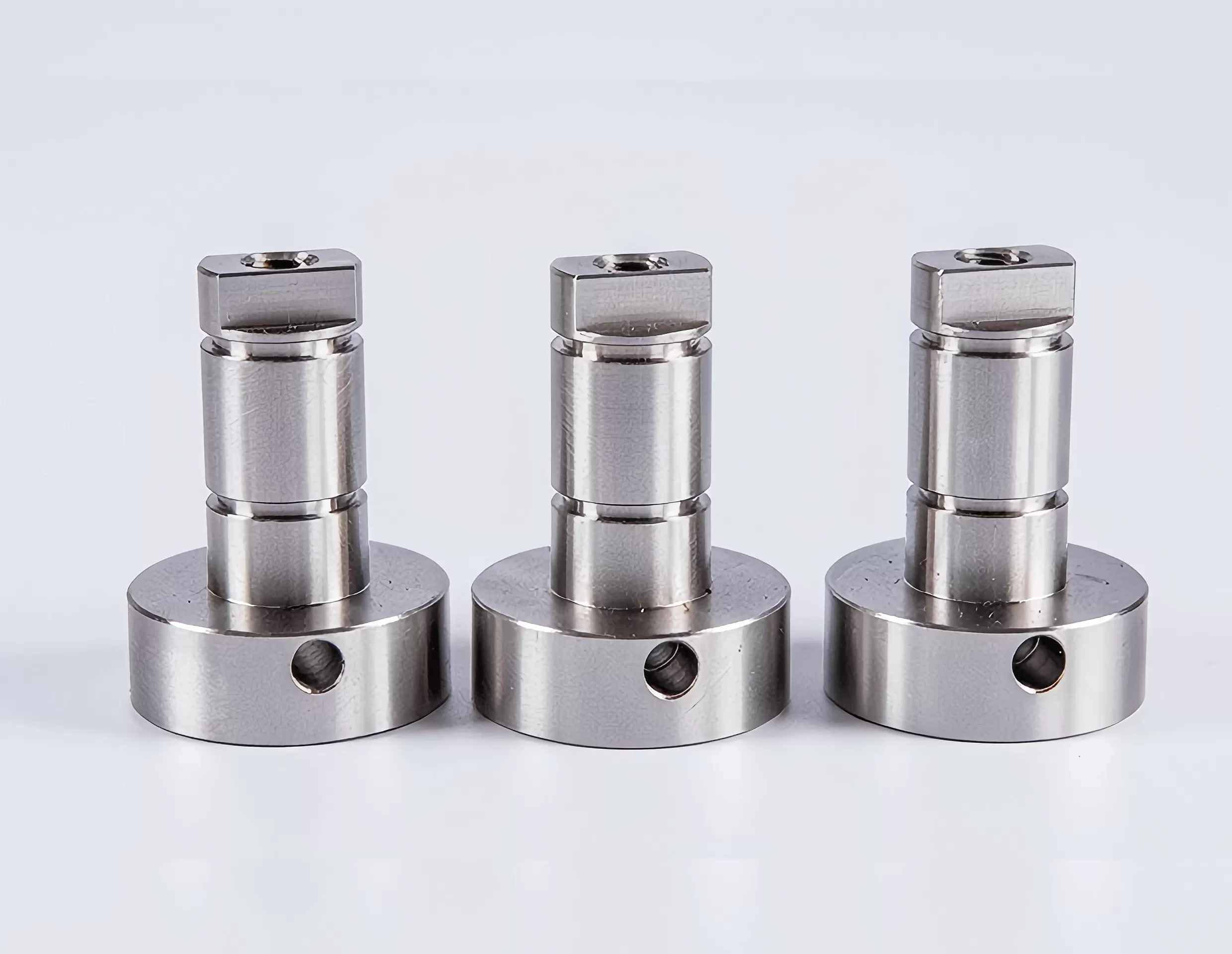In recent years, CNC machining has rapidly dominated the manufacturing industry due to its high precision and repeatability. With the multitude of CNC technologies available today, understanding the basics of CNC machining will help you distinguish their features. One of the innovative technologies is CNC turning.
It involves removing material from a rotating rigid workpiece using non-rotating cutting tools in a turning center or lathe. The CNC turning process can produce parts of different shapes and sizes depending on the type of turning operations. Although this concept seems quite simple, high-quality CNC turning can be very complex.
CNC turning is a high-precision, high-efficiency subtractive machining process that operates similarly to a lathe. It involves placing the cutting tool on the turning workpiece to remove material and achieve the desired shape. While the raw material rotates at high speed, the turning center or lathe remains fixed. When the workpiece rotates and moves along the dual CNC lathe axes, the single-point cutting tool helps shape the material. Computer programs help control the turning center or lathe, ensuring the production of extremely precise parts. People often confuse CNC turning and milling, but they are different processes. The precision cnc milling and most other subtractive CNC processes generally fix the workpiece on the machine bed, while using rotating tools to cut the material. In contrast, CNC turning uses the opposite process, where the workpiece rotates while the cutting tool remains stationary.
Due to its mode of operation, CNC turning is commonly used to produce cylindrical or oval-shaped parts. However, it can also create multiple axially symmetric shapes. These shapes include cones, disks, or a combination of shapes. Some turning centers even allow polygonal turning operations with special rotating tools, enabling the creation of hexagonal or square components.

CNC turning offers several benefits, including:
1. Accuracy
CNC lathes can perform precise measurements using CAD or CAM files and eliminate human errors. Whether for prototype production or completing an entire production cycle, experts can use advanced machinery to achieve incredibly high precision. Since the machines used are programmed, each cut is precise. In other words, the last piece in a production run is identical to the first piece.
2. Flexibility
Turning centers come in various sizes to meet the flexibility of your application. Adjustments are fairly easy because the machine's tasks are pre-programmed. Operators can complete your components by making necessary programming adjustments to your CAM program, or even build something entirely different. Hence, if you need many unique parts, you can rely on the same cnc precision machining service company.
3. Ensured Safety
Manufacturing companies adhere to strict safety regulations to ensure complete safety. As the lathe is automated, it requires less labor since operators are there only to monitor the machines. Likewise, the lathe body comes with fully enclosed or semi-enclosed protective devices to prevent scattered particles during processing, reducing harm to workers.
4. Faster Results
When performing programmed tasks on a CNC lathe or turning center, the chances of error are lower. Thus, the machine can complete production faster without sacrificing the quality of the final output. Eventually, you can receive the necessary components faster than with other options.

The CNC turning process can be quite complex. However, we will provide you with a simplified step-by-step breakdown from design to manufacturing. The general steps for cnc turning service are:
1. Convert CAD Design File to CNC Program
The first step involves preparing the CAD file to be translated into the CNC lathe language. This does not involve advanced programming. You must already have some 2D drawings of the design. In this case, you need to electronically capture these designs using software like AutoCAD or SolidWorks. Once you have the electronic design in CAD file format, you can convert it into a CAM program. You can also export the drawing in CAM format using the same software tools mentioned above. Then, manufacturing engineers can use the software to test the manufacturability of the component.
2. Prepare the CNC Lathe
The next step is machine setup. Although most of the process is automated, an operator is still required. To effectively prepare the CNC lathe, follow these steps:
Ensure the power is off. The CNC machining process can become very dangerous. Therefore, you should be extra cautious and check the power switch.
Secure the part to the chuck. The chuck is responsible for holding the part in place during the turning process. Incorrectly loading it can be dangerous and may result in incorrect component dimensions.
Load the tool turret. Turning operations involve multiple tools, so you must ensure to select the correct tool for the specific finishing. The turret helps hold as many tools as possible at once, allowing for seamless operations.
Ensure correct alignment. You must set the tool and workpiece correctly to ensure the results meet the requirements.
Upload the CNC program. The last step before starting the operation is to upload the CNC code into the machine.
At this stage, you need to keep two variables in mind. The first is the turning speed (the speed at which the workpiece rotates). The second variable is the feed rate (the speed at which the cutting tool moves along the rotating workpiece). Professional machinists must determine these values because incorrect estimations can affect the final result. Additionally, incorrect estimations for some materials may result in uneven surfaces or irreparable damage to the workpiece. That said, you can stick to low turning speeds and high feed rates for "roughing" the shape. On the other hand, high turning speeds coupled with lower feed rates are ideal for smooth surfaces and parts with precise tolerance requirements.

3. Manufacture CNC Turning Parts
The final step is to manufacture the parts you want. You can choose different turning operations depending on the results you wish to achieve. Furthermore, the complexity of the part will determine how many cycles you will have. Cycle time calculation will help you understand the total time spent on the component, which is crucial for cost estimation. Typically, turning cycle times include:
(1) Loading time. Although this is part of the setup, a cycle may require a different method of loading the workpiece onto the machine.
(2) Cutting time. This is the time required to cut the workpiece. Feed rate and cut depth are factors that influence cutting time.
(3) Idle time. Any operation that does not involve cutting is an idle operation. For example, changing the setup of the turning center, moving tools, etc.
The result of the manufacturing process will depend on the raw material used. Parts made from plastic will differ in functionality and surface roughness compared to those made from metal.
